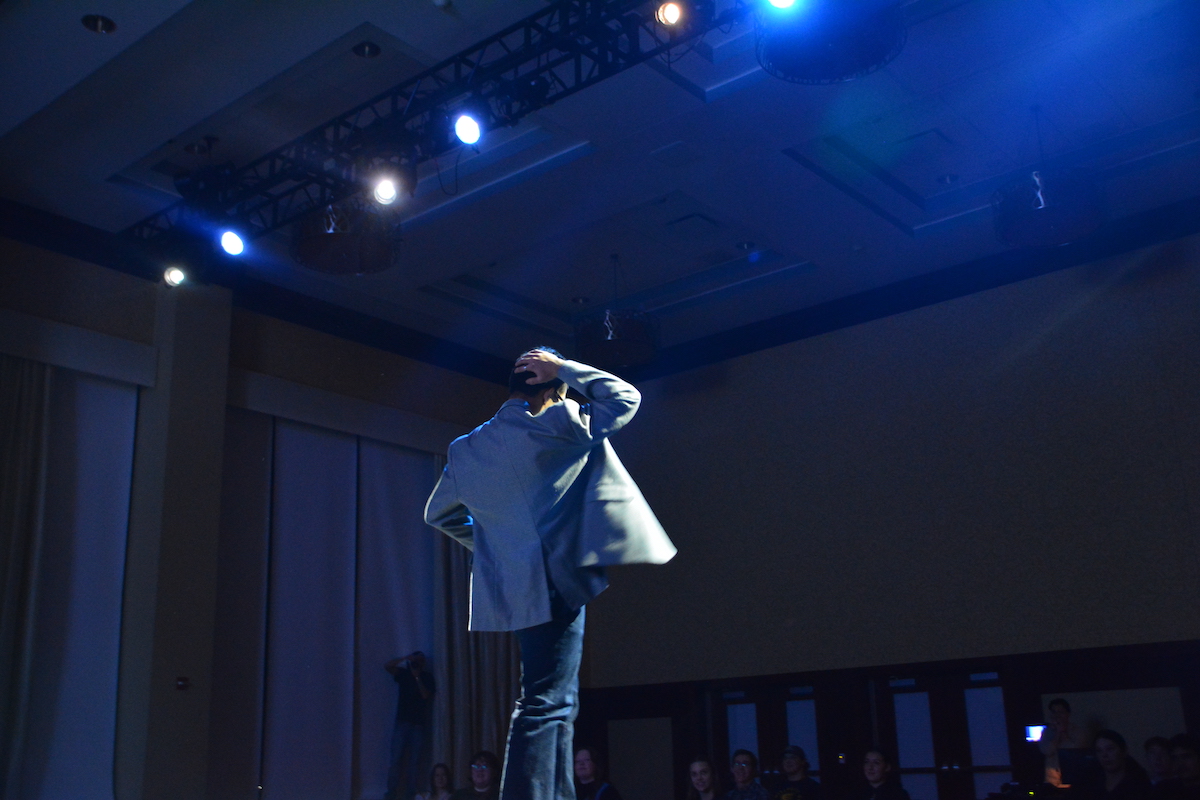Remember Cruella De Vil? Glamorous, fur-crazed, evil. For an animal loving five-year-old, she was the ultimate Disney villainess. You still probably shudder when you think about how she wanted to murder dalmatian puppies to make a coat.
Looking back at every child’s reaction to Cruella and “101 Dalmatians,” you’d probably think anyone participating in the fashion industry would treat the use of fur in clothing like a leper, but that’s not the case.
As much as you or I loathe to think this is actually gaining in popularity, according to Women’s Wear Daily, the fur industry earned between $15 billion and $16 billion in the 2010-2011 season, and in the decade before had risen 70 percent.
A Fur Trade Association spokesperson said the reason is because young people don’t care about animal rights anymore.
Spokesperson Mark Oaten stated, “‘There is less focus on welfare. Maybe it’s because we’ve got our act together, maybe it’s because attitudes have changed, maybe it’s because they’re seeing fur more on the catwalk, in magazines and in products that they like, (Oaten) explained. ‘The younger generation loves fur trim, and they are buying it.’”
According to an article on Fashionista.com, 70 percent of designers showcased fur in their Fall 2013 collections. In the same article Keith Kaplan, the executive director of the Fur Information Council of America, said designers have done their research and designers know that the fur industry is “committed to the humane and responsible treatment of animals.”
Proponents of fur claim the resource is renewable and biodegradable, which is true. Faux-fur is generally made of petroleum based products, which is not biodegradable. So maybe Oaten is right about the younger generation being more worried about environmental issues than animal rights.
In the Fashionista.com article, a Gallup poll conducted in May 2012 said of the 1,024 people included in the survey, 60 percent of those saw fur as morally acceptable. The poll is a relatively small sample size, meaning the margin of error would be pretty high.
An example of seeing fur as morally acceptable can be found in Alice + Olivia designer Stacey Bendet, a vegan, who wears fur. In an article for New York Magazine’s The Cut, Bendet said she doesn’t feel guilty about wearing fur: “I don’t feel that guilty wearing it.
I don’t know why. It doesn’t make sense. But something about putting it inside me feels really barbaric. Something about wearing it just feels a little glamorous.”
While there is a constant debate about the use of new fur in fashion, there is also a moral issue on vintage fur. This debate can be boiled down to wearing any fur is reprehensible, to wearing vintage fur is OK, because no new animals have been killed for it, and wearing vintage clothing is recycling.
A final point I would like to make is no matter if it’s fake fur or real fur (or any other textile), clothing should always be labeled properly. Earlier this year, Humane Society investigators found real fur was mislabeled at Century 21. This poses problems for both people who want to wear fur and for those who don’t, and brings to question how other textiles in clothing are labeled.






